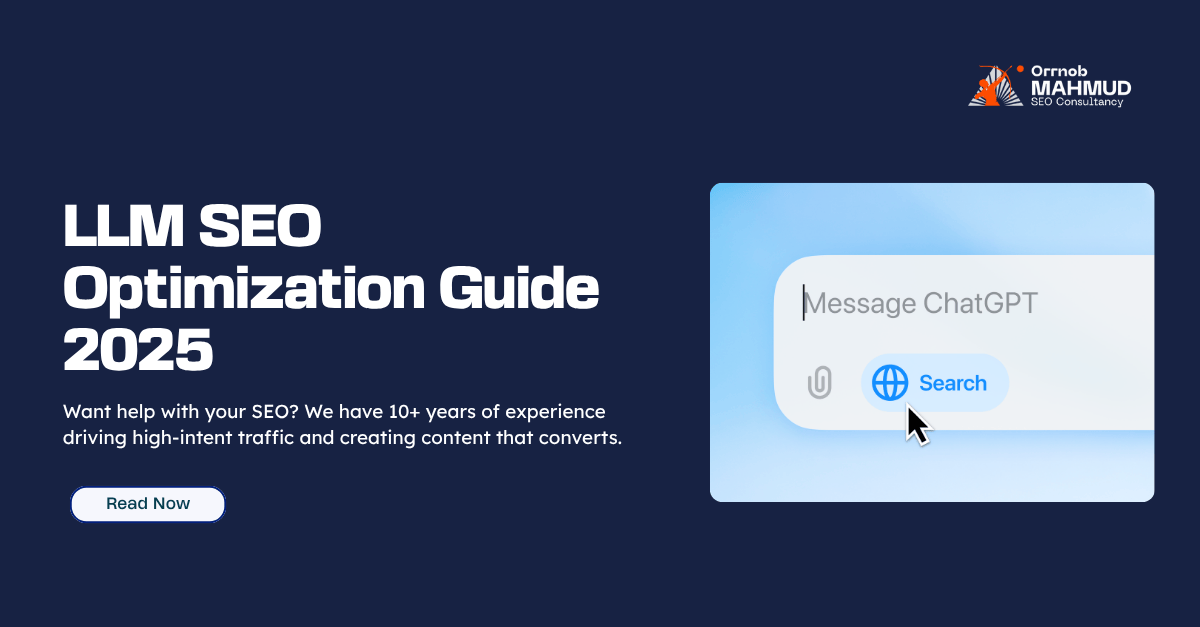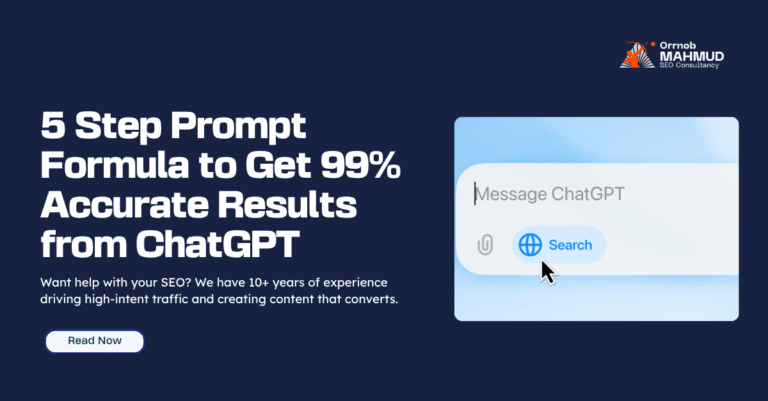LLM SEO Optimization Guide 2025 (Core 11 Points)

You already know SEO isn’t just about Google anymore. AI summaries, language models, and answer engines are shaping how people get information. So if you want your website to stay visible in this new landscape, here’s my deep, no-fluff guide to optimize for AI visibility and summarization.
Read it, implement it, and thank yourself later.
1. Structure Your Content with Clean Semantic HTML
Forget dumping everything inside random divs. Use proper HTML5 semantic tags like:
- header
- nav
- article
- section
- footer
Organize your content logically. If you have steps or lists, use:
- ul, ol, li
Why? Because AI systems parse your page structure to understand what’s important. Semantic clarity makes you easier to read – both for bots and humans.
2. Ensure Fast and Reliable Content Delivery
AI crawlers don’t wait forever. Your pages should load within 1-5 seconds. Tight timeouts mean if your site’s slow, it’s invisible to them.
- Use caching and CDNs
- Minimize heavy scripts, especially JavaScript
- Place key information high up in the HTML
Remember: if your hero section is a giant JS animation, AI crawlers might never reach your actual content.
3. Use Metadata and Semantic Markup
Don’t skip titles, meta descriptions, dates, and structured data.
- Implement schemas (FAQ, How-To, Product, Review)
- Validate with Schema.org Validator or Google Rich Results Tester
Structured data isn’t just for rich snippets anymore – it helps AI understand what your page is about.
4. Make Content Clear Authoritative and Skimmable
Write like an expert talking to a beginner. Short, direct sentences. No fluff. Always align with user intent.
Organize your content with:
- headings
- subheadings
- bullet points
- short paragraphs
The easier it is to scan, the easier it is for AI to summarize.
5. Optimize Images for AI Interpretation
Give your images real alt text. Not just “image1.jpg”.
Instead:
- Golden Retriever playing with a frisbee in the park
Add captions or transcripts if needed. Accessibility wins here too.
6. Allow AI Crawlers Access
Check your robots.txt and firewall rules.
- Make sure AI crawlers aren’t blocked
- Differentiate between training data bots and real-time content retrievers
Some AI bots are gathering for summaries, others for datasets. Be intentional with permissions.
7. Create a llms.txt File
This is optional right now, but I recommend it. It’s like robots.txt, but for LLMs. Place it at your root domain to declare:
- If you allow AI to train on your data
- If you require licensing discussions
- Or if you deny usage altogether
8. Prepare Content for AI Summarization
Define summarization goals:
- Length
- Detail
- Purpose
Segment long content logically. Summarize each section before merging into a final summary.
Clean your text – remove unnecessary formatting, broken characters, or hidden divs. And if you’re prompting AI summarization tools, guide them with clear instructions on what to focus on.
Always review AI summaries before publishing them as your own. Accuracy matters.
9. Enhance Internal Linking and Contextual Relevance
Link to related articles using keyword-rich, descriptive anchors. Build a logical content network that boosts your topical authority and helps AI understand connections between topics.
10. Monitor AI Visibility and Performance
Use tools like:
- andisearch.com (to see how AI summarizes your pages)
- Firecrawl (to check AI perception)
Track:
- AI-driven impressions
- Click-through rates
- AI Overview appearances
Fix schema errors regularly and tweak your content based on performance data. The game doesn’t end at publish.
11. Provide a Great User Experience
Make sure your website is:
- Mobile-friendly
- Easy to navigate
- Free from cluttered ads overshadowing your main content
Good UX benefits both human visitors and AI summarization engines.
Final Words
AI optimization isn’t replacing SEO. It’s layering on top of it. Implement these steps, and you’ll position yourself ahead of the curve as AI search becomes mainstream.
Stay visible. Stay useful. Stay ahead.

